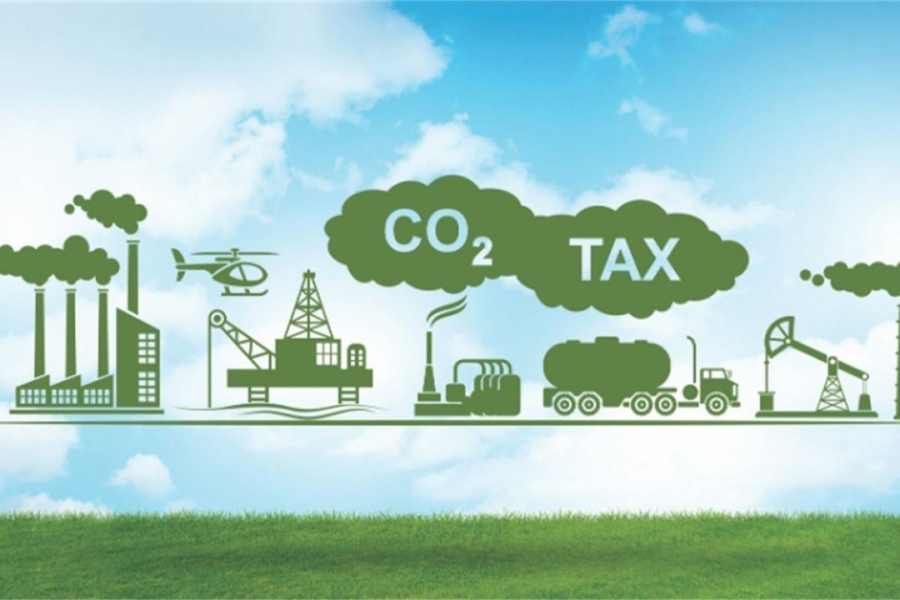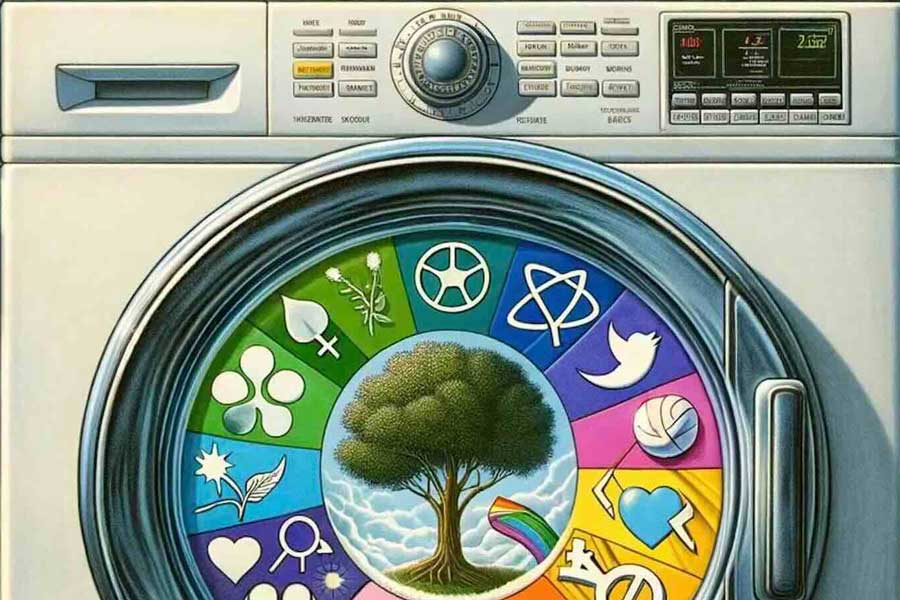The Carbon Border Adjustment Mechanism (CBAM): An Introduction
The Carbon Border Adjustment Mechanism (CBAM) marks a pivotal shift in the global trade landscape. Initially, it will be applicable to specific goods and select precursors characterized by carbon-intensive production processes that pose the highest risk of carbon leakage. These categories encompass cement, iron and steel, aluminium, fertilizers, electricity, and hydrogen.
During the transition phase, importers of goods falling within the purview of these new regulations will be required to report greenhouse gas emissions (GHG) embedded within their imports. Notably, during this phase, no financial payments or adjustments will be obligatory.
However, come January 1, 2026, when the permanent system comes into full effect, importers will need to declare annually the volume of goods imported into the EU during the preceding year, along with the embedded GHG emissions. Subsequently, they will be obligated to surrender a commensurate number of CBAM certificates. These certificates’ valuation will be contingent on the weekly average auction price of EU ETS allowances, expressed in €/tonne of CO2 emissions.
Navigating the CBAM Landscape
- World’s First Carbon Border Tariff: The EU has unveiled the world’s maiden carbon border tariff phase, setting a precedent for global carbon pricing initiatives.
- Carbon Pricing Precision: CBAM is specifically designed to calculate a fair price for carbon emissions tied to the production of carbon-intensive imports entering the EU.
- Targeted Scope: Initially, CBAM’s application will be concentrated on goods and precursors with carbon-intensive production methods at the highest risk of carbon leakage.
- Transitional Reporting: Importers will initially only need to report the embedded greenhouse gas emissions in their imports during the transitional phase.
2026 Milestone:
Starting January 1, 2026, importers will be mandated to surrender CBAM certificates, in line with the embedded GHG emissions of their imports, heralding a new era in carbon pricing.
The Significance of CBAM: Why It Matters
The Carbon Border Adjustment Mechanism (CBAM) stands as a momentous stride in the EU’s ongoing commitment to curbing its carbon footprint and attaining its climate objectives. Moreover, it sends a resounding message to the global community—a testament to the EU’s unwavering dedication to fostering equitable and transparent international trade practices.
Preventing Carbon Leakage
One of CBAM’s primary objectives is to thwart the phenomenon of carbon leakage. This occurs when EU-based companies shift their carbon-intensive production operations to countries with less stringent climate policies. Such actions can severely undermine the EU’s earnest efforts to reduce its greenhouse gas emissions. CBAM acts as a formidable deterrent against this troubling trend, promoting carbon-conscious production on a global scale.
Levelling the Playing Field
CBAM ensures that imported goods are subject to the same carbon pricing framework as domestically produced commodities. This pivotal measure levels the playing field for EU businesses, averting the risk of carbon-intensive imports undercutting their domestic counterparts. By creating a fair and competitive marketplace, CBAM fosters sustainability and accountability among producers worldwide.
Advancing Climate Goals
Above all, the introduction of CBAM represents a significant leap forward in the EU’s relentless campaign against climate change. By addressing carbon emissions associated with imports, the EU reaffirms its dedication to sustainable trade practices. This move exemplifies the EU’s ambition to align economic growth with environmental stewardship, setting a powerful example for the global community.
In summary
The Carbon Border Adjustment Mechanism (CBAM) isn’t just a policy; it’s a game-changer in the quest for a more sustainable and equitable world. As it takes its first steps on the global stage, CBAM paves the way for a future where climate-conscious trade is not just an aspiration but a reality.



